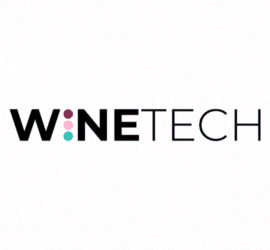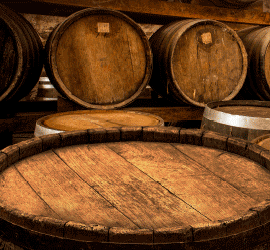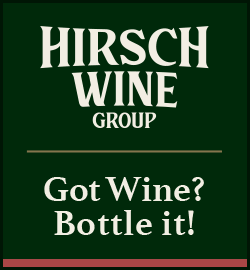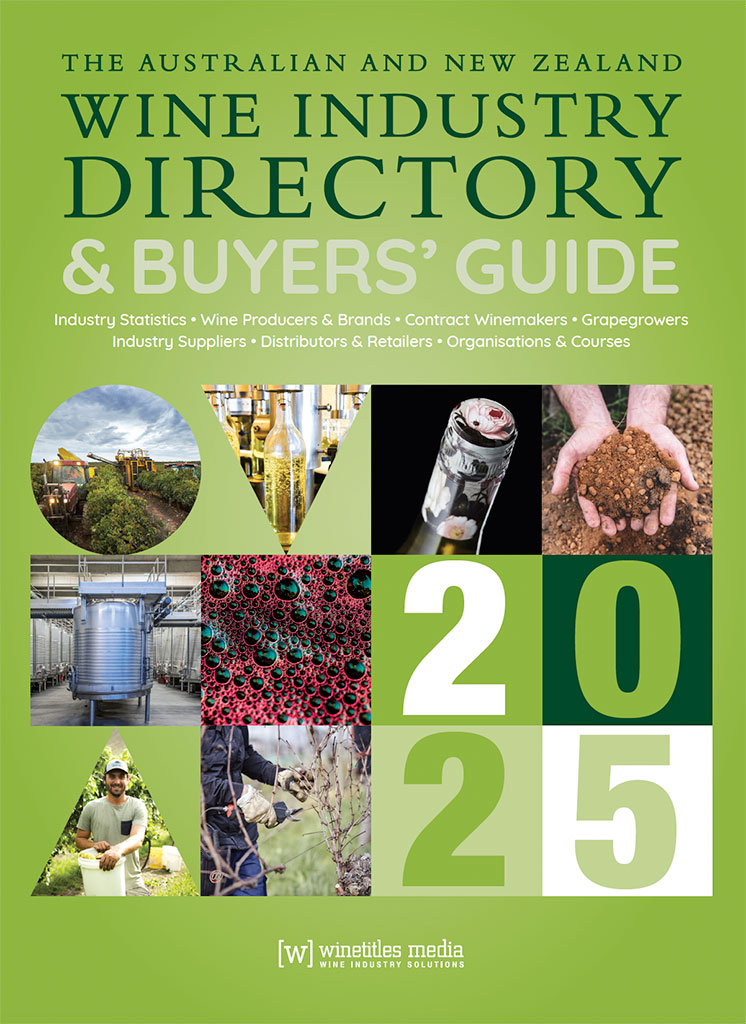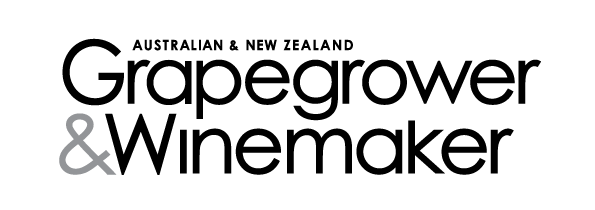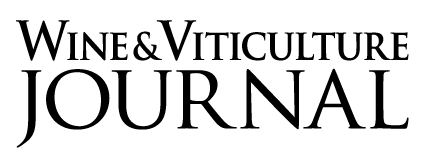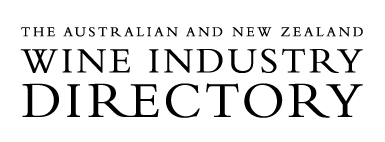Against an overall trend of stagnant consumption, online wine sales are enjoying sustained growth in all European countries. Margins are attractive due to a more premium mix than that available in brick-and-mortar stores. Online activity also offers valuable consumer insights in a particularly fragmented and complex industry.
“For wine sellers, e-commerce can offer additional benefits beyond a positive sales outlook,” according to Maria Castroviejo, Rabobank’s senior beverages analyst, “for example, an easier and cheaper geographic expansion. Above anything else, it can provide valuable customer insights that can enhance performance in all channels. However, to reap all these benefits, operators need to attract and retain sufficient customers and be able to count on adequate technology and data management.”
Online sales account for around 4% of the total off-trade wine volumes in western Europe. This may not seem like much at first sight, but it means that over 360m litres of wine were sold online in 2017, with growth rates and product mix comparing very favourably to the overall market. Between 2010 and 2017, total wine consumption in western Europe declined by around 5%, while the total volume of wine sold through e-commerce increased by 66%.
Although the share of e-commerce in total off-trade wine sales varies from country to country – representing over 10% of total volume in the UK and less than 1% in Finland and Switzerland – online sales are gaining share everywhere in Europe, and growth is expected to continue. Demographics, consumer dynamics, and an evolving supply all support a further expansion of online wine sales.
But while online sales are growing, the market is becoming crowded very quickly. Gaining sufficient scale is a challenge, in particular for pure-players. Profitability may take longer to achieve, and access to funding is also competitive. Consolidation will continue.
Other highlights of the RaboResearch Wine Quarterly include:
Global trade
Global wine trade in Q3 still reflected the scarcity triggered by the 2017 harvest, with export volumes from Europe and Chile still down on an annual basis. The large harvest of 2018 started to have an impact at the end of the period.
Contracting bulk wine prices
Prices for generic wines from Spain and Italy are easing in anticipation of the greater availability that the 2018 harvest will provide. International prices for Argentine wines are also lower, in this case driven predominantly by the peso devaluation.
Click here to download the report
For more information:
Please contact the report’s authors:
Global:
Stephen Rannekleiv, [email protected]
Maria Castraviejo, [email protected]



